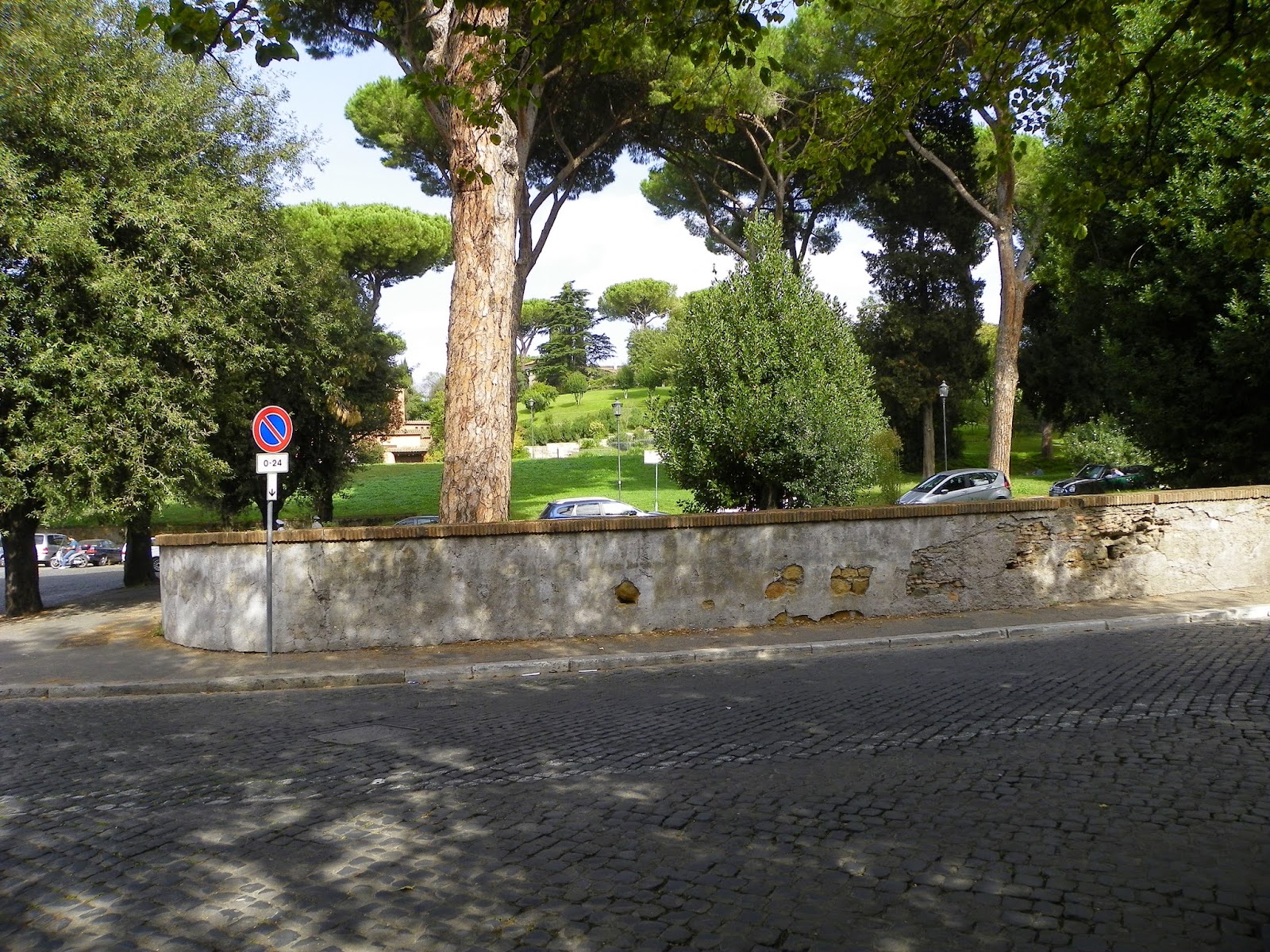 |
| Part of the church designed by Michaelangelo |
 |
| The light which shines on the meridian on the winter solstice |
Across the nave of the church is a meridian marked with a metal strip. High above there is a carving. The sun shines through an opening in this figure and illuminates the meridian at noon on the day of the winter solstice. It is an ancient time keeping device. I thought the church to be quite lovely.
 |
| The organ at St. Mary of the Angels |
 |
| The altar and statue of St. Agnes |
 |
| A view across a green space in this crowded city |
 |
| Bernini's Christ |
 |
| The Campanile of St. John |
 |
| A garden at St. Mary of the Angels |
 |
| A portion of the ancient walls of Rome |
No comments:
Post a Comment